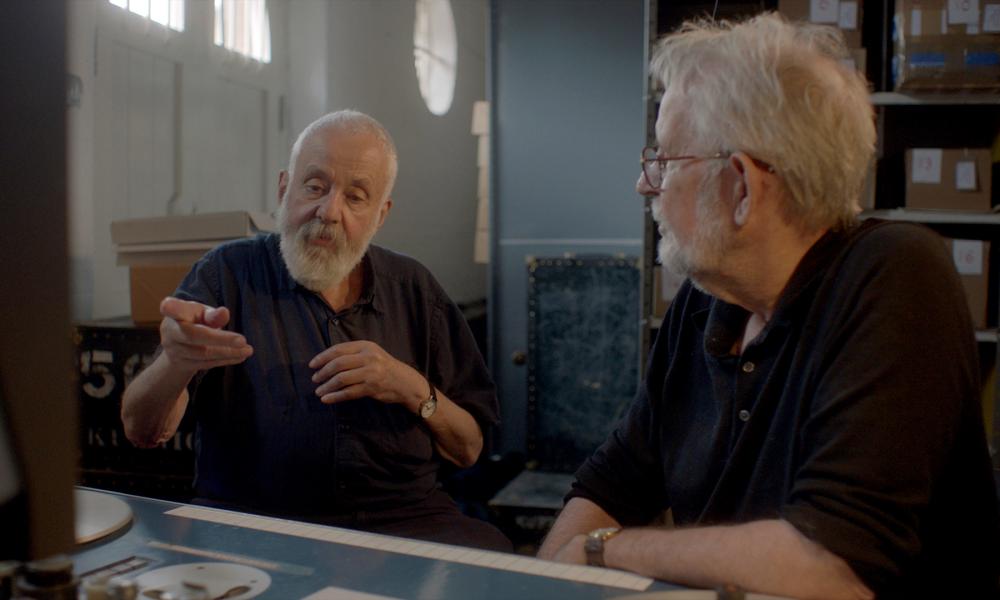
HER NAME WAS MOVIOLA REVIEW – ODE TO EDITING MACHINE A GEEKGASM FOR ANALOGUE FANS
Howard Berry is a British film historian and chronicler of Elstree studios; now he has directed this unique documentary, written and conceived by the legendary film and sound editor Walter Murch, who edited among other movies Apocalypse Now, The Godfather and The English Patient. Together, Murch and Berry have provided what can only described as a full-on geekgasm for connoisseurs of movie production in the pre-digital age.
Their subject is the Moviola, an analogue editing machine the size of a fridge with two pedals, one for advancing, the other for rewinding film, a little screen and speaker for sound. However cumbersome it may look to people used to editing TikTok videos on their phones, the Moviola was an engineering miracle of efficiency and portability. It was passionately loved and admired by film-makers, in use in basically the same form for most of cinema’s existence, from its invention in 1922 until the 21st century – and which stayed stubbornly around for while even after digital editing became the norm, as if a Model T Ford was kept on the road until the Toyota Prius took over. Using one was addictive: Orson Welles was famously obsessed with the one he owned. (Murch says he repeatedly stayed late at the office working on his, until his wife demanded to know if he was having an affair; yes, he replied, “her name is Moviola.”)
Berry and Murch are not offering a traditional history of the Moviola, with archive clips and interviews with various editors etc. Their approach is far more radical: they have got the existing digital material for Mike Leigh’s film Mr Turner, transferred it to 35mm film and then Murch with his former assistant Dan Farrell have edited together a scene from this film from scratch, like they would have in the good old days, on a Moviola and other items of auxiliary equipment that Berry bought from eBay. Murch finally “screens” for Leigh his finished cut of this scene on the (equally antique) Steenbeck editing device in the Stanley Kubrick estate in Hertfordshire. (Leigh is not entirely on board with Murch’s editorial decisions, while endorsing his right to make them – which only goes to show how authorial the editor’s job is.)
With uncompromising attention to real-time detail, Berry and Murch take us through all the steps, and compared with working digitally it is exhausting physical labour, like working on an 18th-century ship. It was only while watching this film that I realised what it reminded me of: Philip Gaskell, the bibliographer and librarian at Trinity College, Cambridge would get his students to typeset and print a 16th-century text, from the original manuscript, using a printing press of the time. It took students of English literature back in time like nothing else. Murch’s Moviola adventure is a bit niche, and perhaps may be of interest mainly to historians and technical specialists. But there is fascination in it.
• Her Name Was Moviola screened at the Sheffield documentary film festival.
2024-06-14T10:51:08Z dg43tfdfdgfd